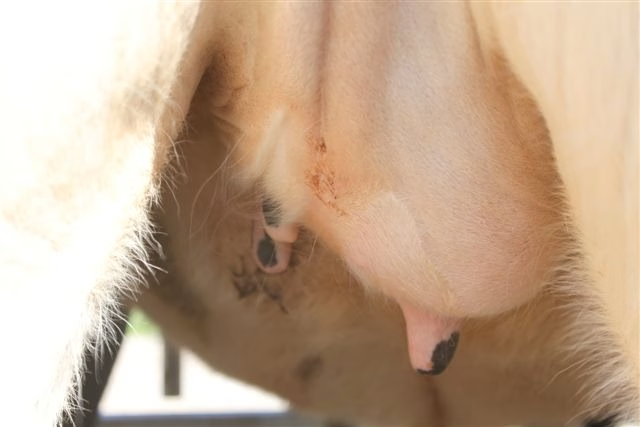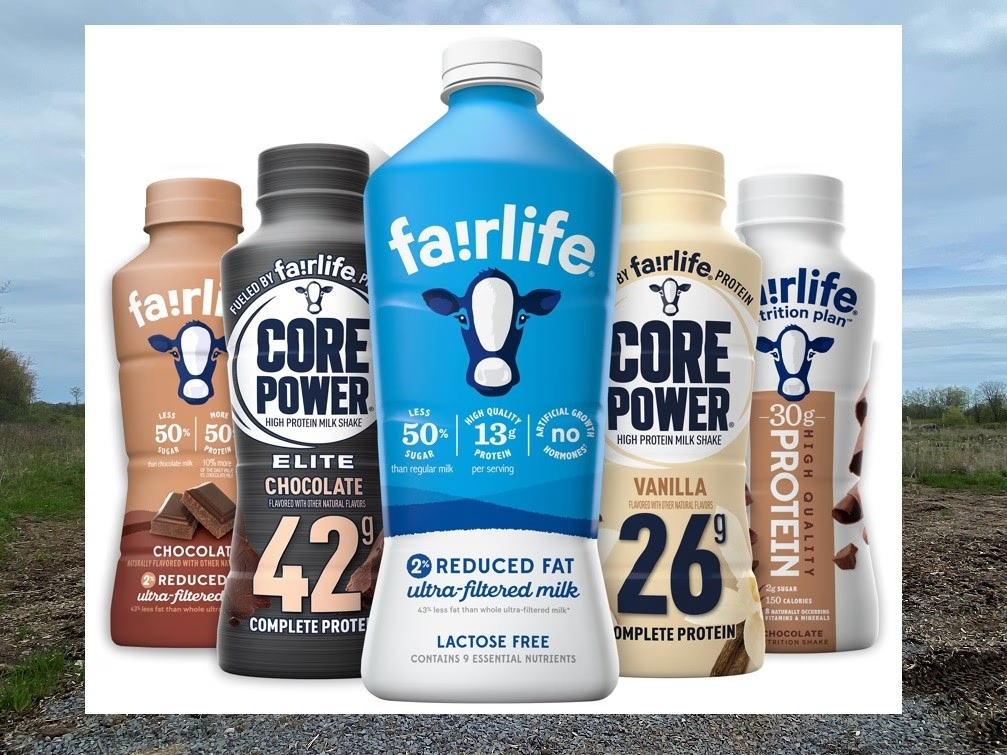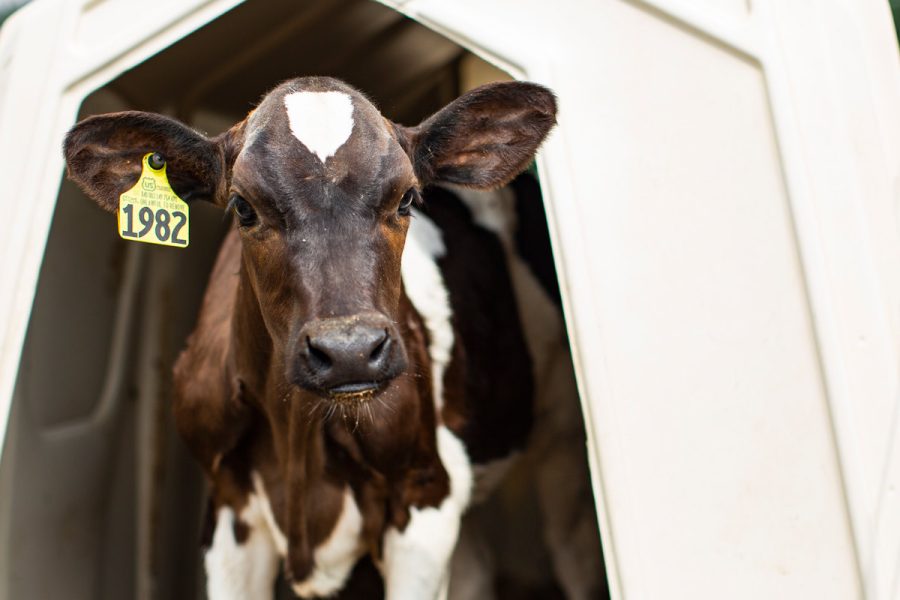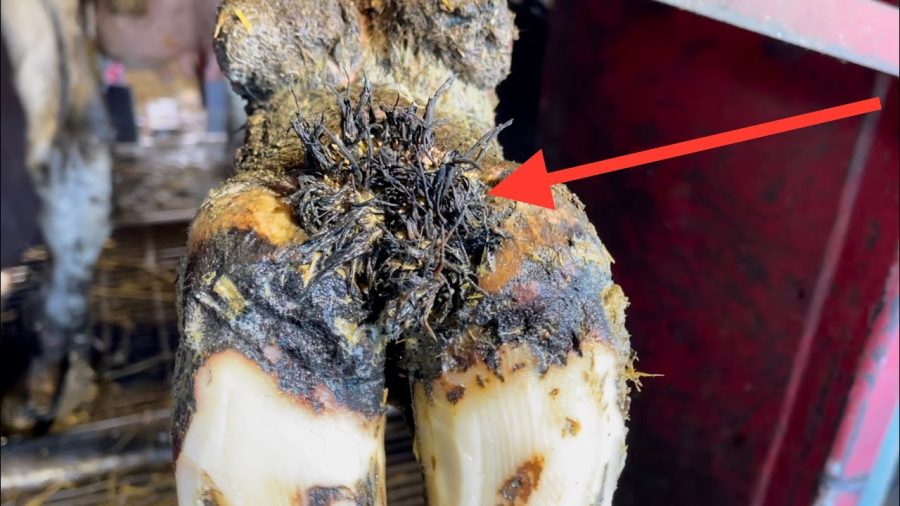Want healthier herds? Discover expert tips to prevent diarrhea in dairy calves and keep your farm running smoothly.
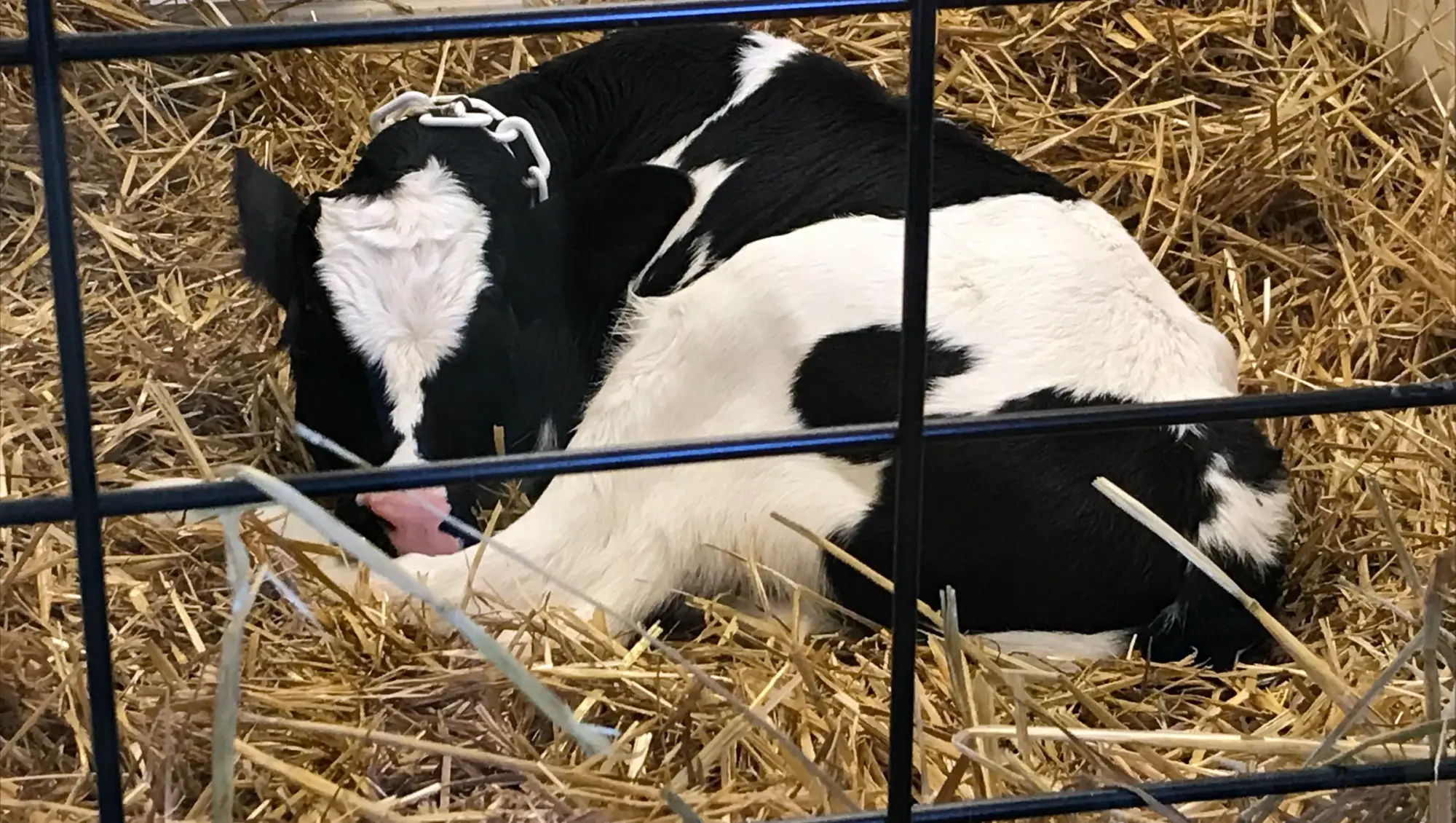
Summary: Diarrhea, also known as scours, is a common issue in dairy cattle, causing dehydration, weakness, and increased susceptibility to illnesses. It can delay weaning and weight increase, and controlling an epidemic can be costly. Farmers should adopt proactive measures to avoid diarrhea, which can have severe consequences on the health and development of their herd. Diarrhea is caused by infectious agents, poor nutrition, environmental stress, and dehydration. Severe dehydration can be fatal, with 65% of calves dying before weaning due to diarrhea. Addressing scours quickly and understanding their causes can significantly improve dairy operations. Colostrum is essential for newborn calves’ health and development, and milking the cow promptly and providing 3 to 4 quarts of high-quality colostrum within the first two hours is crucial. Consistency in feeding programs, maintaining a clean environment, proper hygiene, vaccinations, and daily health checks are also essential for young calves.
Key Takeaways:
- Early intervention is crucial for managing calf diarrhea effectively.
- Ensuring quality colostrum intake within the first few hours of life boosts immunity.
- Adhering to consistent milk replacer feeding schedules supports digestive health.
- Maintaining a clean and sanitized environment reduces infection risks.
- Vaccinations and regular health checks are instrumental in early detection and prevention.
- Minimizing stress through proper handling and environmental management improves calf resilience.
Imagine running a marathon with a damaged ankle; this is how dairy calves with diarrhea feel. This frequent yet bothersome illness may deplete their vigor, limit their development, and eventually harm your bottom line. But as a farmer, you have the power to prevent this. Persistent diarrhea causes dehydration, weakness, and an increased susceptibility to various illnesses. Diarrhea prevents a calf from concentrating on growth, which may delay weaning and weight increase. From veterinarian fees to the cost of rehydration solutions, controlling an epidemic may be costly. By adopting proactive measures to avoid diarrhea, you take control of your herd’s long-term health and productivity.
The Silent Herd Killer: Understanding and Preventing Diarrhea in Dairy Calves
Diarrhea, often known as scours, typically occurs while rearing dairy calves. Diarrhea is the passing of loose or watery feces, which signals that the calf’s digestive system is out of balance. Understanding why diarrhea occurs is critical to avoiding it and ensuring your calves develop into healthy, productive cows.
Common Causes:
The culprits behind diarrhea in calves are varied but often revolve around a handful of factors:
- Infectious Agents: Bacteria, viruses, and parasites are frequent offenders. E. coli, Rotavirus, and Cryptosporidium are among the most common pathogens.
- Poor Nutrition: Inconsistent or low-quality feeding schedules can disrupt a calf’s digestive system.
- Environmental Stress: Changes in weather, housing conditions, and hygiene practices can contribute to the onset of diarrhea.
Impact on Health and Growth:
Diarrhea isn’t just a passing inconvenience; it can have severe repercussions on your calves’ health and overall development. Here’s how:
- Dehydration: Calves can become dehydrated as their bodies lose fluids rapidly. You can gauge their hydration by assessing the skin tent and the space between the eyelid and eyeball.
- Nutrient Deficiency: Diarrhea impairs nutrient absorption, so your calves won’t get the necessary fuel for growth. This can lead to stunted growth and weaker immune systems.
- Increased Mortality: If not appropriately managed, severe dehydration can be fatal. Geoff Smith from North Carolina State University notes that 65% of calves die before weaning, mainly due to diarrhea.
Addressing scours quickly and properly understanding their causes can make a difference in your dairy operation.
Supercharge Your Newborn Calves with High-Quality Colostrum
Colostrum is more than simply the first milk you give your calf; it’s a lifeline full of vital antibodies and minerals. Without it, newborn calves are at a considerably increased risk of illness, including the dreaded diarrhea. The first 24 hours of a calf’s life are crucial for colostrum absorption. During this time, a calf’s stomach is most sensitive to these lifesaving antibodies, making it essential to provide high-quality colostrum as soon as possible.
So, how do you guarantee your calves get enough colostrum? After calving, begin by milking the cow as soon as possible, and then give the calf 3 to 4 quarts of high-quality colostrum within the first two hours. Delivering a second meal around 12 hours later is preferable to replenish their antibody levels.
Remember to examine the quality of the colostrum. Use a colorimeter or a Brix refractometer to determine the antibody concentration. Colostrum should have a Brix value of 22% or above. If the quality of the colostrum isn’t good enough, consider utilizing a high-grade replacement.
Finally, cleanliness is critical. Sanitize all feeding equipment to avoid introducing germs to your delicate neonates. By emphasizing colostrum, you’re giving your calves a head start in life and preparing them for a healthy future.
Fueling Young Lives: Mastering Milk Replacers and Feeding Schedules for Happy, Healthy Calves
Proper nutrition and feeding methods are essential for starting your dairy calves well. First, let’s discuss about milk replacers. High-quality milk replacers include the nutrition your calves need for proper development and well-being. Look for replacers with a decent protein-to-fat ratio, often 20-22% protein and 15-20% fat.
Proper mixing procedures may make a huge impact. Always follow the manufacturer’s mixing ratios. Ensure the water is at the appropriate temperature, usually about 110°F (43°C). Mix carefully to eliminate lumps that might clog nipples or feeding bottles.
Consistency is essential in feeding programs. Newborn calves should be fed at least twice daily, but three times may be advantageous, particularly in the first few weeks. This helps to avoid digestive disorders like diarrhea by keeping the calves’ digestive tracts from being overloaded.
Furthermore, adding solid meals, such as starter grain, at about one week of age might assist in smoothing the transition and promote rumen growth. Keep an eye on their hydration levels and always provide clean water. This balanced strategy maintains your calves healthy and primed for solid development and a prosperous future.
Clean is King: Why Pristine Environments are Non-Negotiable for Calf Health
Maintaining a clean environment for your calves is more than a hassle; it is essential to their health. Regular cleaning of feeding equipment, bedding, and dwelling places significantly minimizes the incidence of infections that cause diarrhea. Improper hygiene might lead to health problems. Prepare that power washer, replace the bedding often, and constantly sterilize feeding equipment. Maintaining the highest standards of cleanliness ensures a clean barn and protects your herd’s future health.
Shield Your Calves: The Importance of Vaccinations and Daily Health Checks
Like humans, young calves need a robust immune system to fight sickness; immunizations play an essential role in developing that response. The immune system is the body’s defense against diseases. Vaccinations help the immune system recognize and fight specific diseases, reducing the risk of illness and promoting overall calf health.
Begin with vaccination for Infectious Bovine Rhinotracheitis (IBR), Bovine Viral Diarrhea (BVD), and Respiratory Syncytial Virus (RSV) from 3 to 6 weeks old. Follow up with boosters as advised by your veterinarian. A 7-way Clostridial vaccination administered between the ages of 4 and 6 weeks is an excellent starting point for Clostridial illnesses.
Regular health checkups are as important as vaccines. This entails evaluating each calf daily for indications of sickness, such as scours, runny nostrils, coughing, dull eyes, and wastefulness. Look for changes in behavior, appetite, and stool consistency. Quick and early detection of these signs may make all the difference.
Use a thermometer to check for fever, and maintain a weekly portable record of each calf’s health. Trust your instincts; if something seems wrong, it usually is. Remember to check their hydration and weight growth; these are good general wellness signs.
Frequent health monitoring helps detect infections early on, lowering the risk of an epidemic and keeping your herd healthier in the long term. Never underestimate the importance of a careful eye and a regular immunization program in protecting your calves’ health!
Stress: The Sneaky Saboteur of Calf Health
Stress is the sneaky saboteur of calf health, often paving the way for diarrhea and other ailments. Minimizing stress isn’t just good practice—it’s essential. Here are some practical strategies you can implement to keep your calves calm and thriving:
- Gentle Handling: Always approach your calves calmly and handle them with care. Abrupt movements and loud noises can easily stress out young calves, leading to a compromised immune system.
- Proper Housing Conditions: Ensure a clean, dry, and draft-free living environment. Calves need a comfortable space to lie down without feeling cramped or wet.
- Gradual Weaning: Abrupt changes can be complex on calves. Implement a gradual weaning process to reduce stress and give their digestive systems time to adjust. Mix in small amounts of solid feed with their milk replacer before transitioning fully.
Focusing on these stress-reduction strategies will set the stage for healthier, happier calves with resilient immune systems.
The Bottom Line
Maintaining the health of your dairy calves is more than just a duty; it is a critical investment in the future of your herd and farm output. Diarrhea prevention requires high-quality colostrum, sufficient nutrition with milk replacers, a clean environment, current vaccines, and efficient stress management. Consistency in these techniques is your greatest weapon against this quiet herd killer. Prioritize colostrum quality from birth, carefully coordinate feeding schedules, maintain excellent cleanliness, and keep immunization regimens current. Remember that your calves’ health now influences your herd’s vigor tomorrow. Will you take the necessary actions to protect their future?







